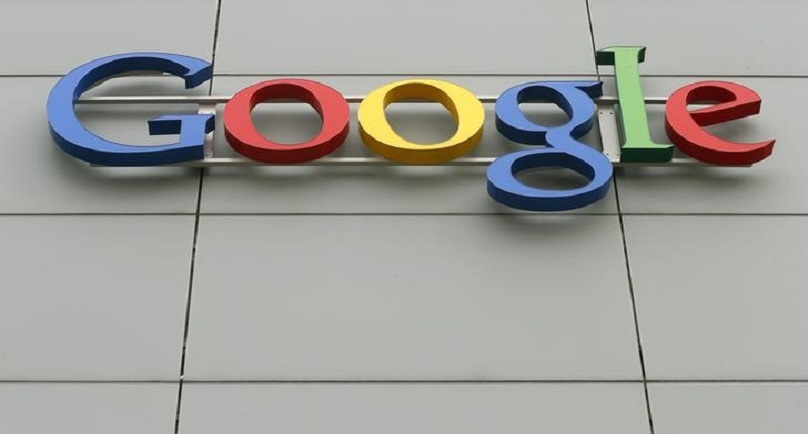Image: A logo is pictured at Google’s European Engineering Center in Zurich April16, 2015. REUTERS/Arnd Wiegmann/Files
By Alexandria Sage
DETROIT (Reuters) – Google said on Tuesday the rate of software failures in its self-driving cars was declining as the technology was learning from its mistakes, bringing the tech company closer to its goal of fully autonomous vehicles.
In 424,000 miles of autonomous driving, Google said its cars had experienced 272 episodes in which the human test driver had to assume control of the vehicle, an occurrence called “disengagement”, when the autonomous technology failed.
“As we continue to develop and refine the self-driving software, we are seeing fewer disengagements” despite more miles driven, Google said in a 33-page report submitted by law to the California Department of Motor Vehicles on Dec. 31.
California regulations call for test drivers and steering wheels in autonomous vehicles.
Google’s development of self-driving cars has spurred outsized interest around the world, but the company best known for search has disclosed little about its strategy, business plans or ultimate goals.
Without the need to watch the road, people in cars will talk on phones, watch entertainment, purchase consumer goods, among many other options, providing valuable data to Google.
The report, covering the period Sept. 24, 2014, when Google began testing on roads of Palo Alto,California, to Nov. 30, 2015, found disengagements occurred about every 785 miles in the fourth quarter of 2014. A year later, that had expanded to 5,318 miles between episodes.
Eighty-nine percent of disengagements occurred on city streets, where more obstacles and stop-and-go traffic make autonomous driving more difficult.
Project director Chris Urmson said Google deliberately tests cars in different weather and times of the day, which explained why some months saw more episodes than others.
Google, a unit of Alphabet Inc, said it kept the threshold for measuring disengagements low to gather as much data as possible to refine the technology.
There were another 69 episodes in which the test driver chose to take control of the vehicle rather than the car signaling to the driver to take control.
Using a simulator to replay the situation, Google found in 13 of these instances its cars would have hit another object had the test driver not taken control. Google said two involved traffic cones, and three were due to “another driver’s reckless behavior.”
Urmson said the California DMV had not seen the report when it issued draft rules in December restricting how autonomous vehicles could operate for the next three years.
(Reporting By Alexandria Sage; Editing by Meredith Mazzilli)
Copyright 2015 Thomson Reuters. Click for Restrictions.


